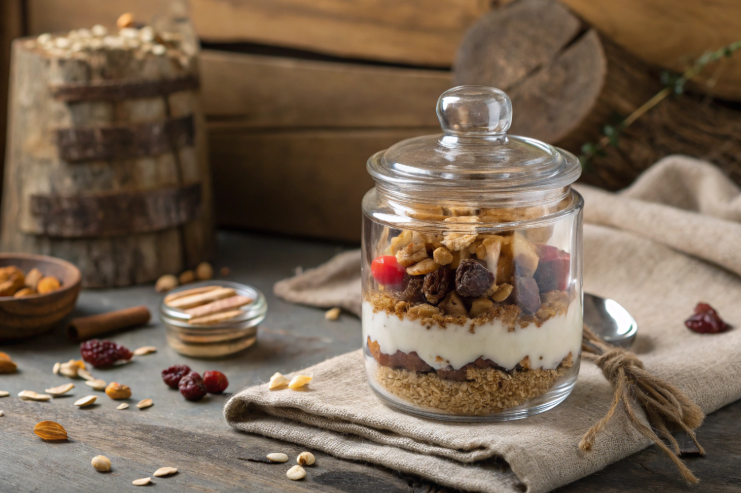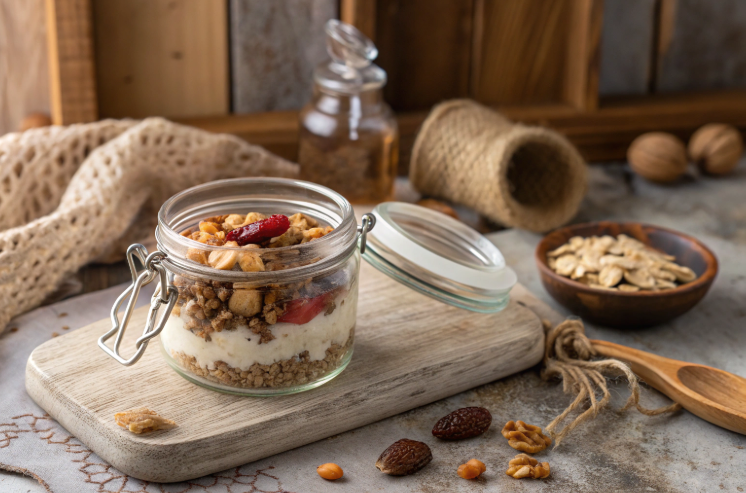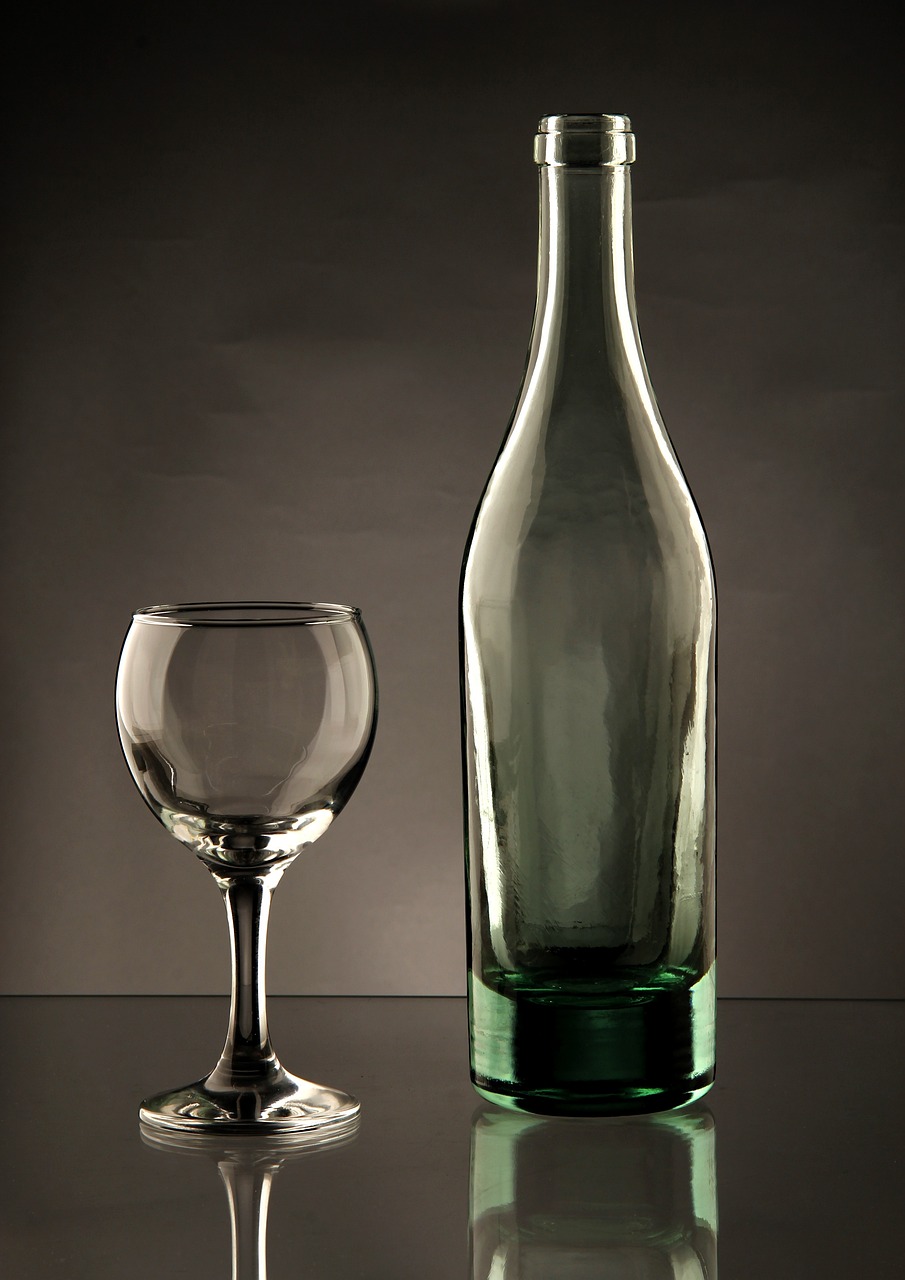In today’s fast-paced consumer world, understanding the ‘best before’ dates on products is essential for safety, quality, and sustainability. Whether it’s food, cosmetics, or luxury items like perfumes, knowing how to interpret these dates helps consumers avoid waste and health risks. This article explores the concept of ‘best before’ dates, how they are determined, and how to identify young, old, or expired products. We also highlight the critical role of packaging in preserving product freshness and authenticity, with a focus onwww.paupacking.com’sinnovative packaging solutions that help extend shelf life and maintain product quality.
What Does ‘Best Before’ Date Mean?
The ‘best before’ date is a manufacturer’s indication of the period during which a product is expected to retain its optimal quality, flavor, texture, and safety under recommended storage conditions. It is not necessarily an expiration or safety date but a guideline for peak performance. After this date, products may lose freshness or potency but are not always unsafe to use.
Different Types of Product Dates
| Date Type | Meaning | Purpose |
|---|---|---|
| Best Before | Indicates peak quality period | Guides consumers on optimal usage timeframe |
| Use By | Indicates safety limit for consumption | Warns against consumption after this date |
| Sell By | Tells retailers how long to display the product | Helps manage stock rotation |
| Freeze By | Last date recommended to freeze for quality | Preserves freshness through freezing |
| Production/Batch Code | Identifies manufacturing date and batch | Used for traceability and quality control |
How Are ‘Best Before’ Dates Determined?
Manufacturers conduct shelf-life testing to establish ‘best before’ dates. This involves:
-
Microbiological Testing:Ensuring the product remains safe from harmful bacteria over time.
-
Chemical Stability:Monitoring changes in ingredients and preservatives.
-
Sensory Evaluation:Assessing changes in taste, smell, texture, and appearance.
-
Packaging Interaction:Testing how packaging materials affect product longevity.
Accelerated shelf-life tests simulate long-term storage in shorter periods by exposing products to elevated temperatures or humidity to predict degradation.
Young, Old, and Expired Products: What’s the Difference?
-
Young Products:Recently manufactured, within the ‘best before’ period, retaining full quality and efficacy.
-
Old Products:Approaching or just past the ‘best before’ date; quality may begin to decline but often still safe.
-
Expired Products:Beyond the ‘best before’ or ‘use by’ date; quality and safety cannot be guaranteed.
Consumers should evaluate products beyond printed dates using sensory checks and storage history.
Table: Characteristics of Young, Old, and Expired Products
| Product Age | Quality Indicators | Safety Considerations | Recommended Action |
|---|---|---|---|
| Young | Fresh scent, color, texture, and potency | Safe and effective | Use as intended |
| Old | Slight changes in color or scent; minor texture shifts | Generally safe but monitor closely | Use soon or test before use |
| Expired | Discoloration, off-odor, separation, texture change | Potentially unsafe, risk of spoilage | Discard or avoid use |
Packaging’s Role in Product Freshness and Expiry
Packaging is a frontline defense in preserving product quality and extending shelf life. Proper packaging minimizes exposure to air, moisture, light, and temperature fluctuations—all factors that accelerate product degradation.
Howwww.paupacking.comEnhances Product Longevity
www.paupacking.comspecializes in premium packaging solutions designed to protect and preserve products across industries, including cosmetics, food, and pharmaceuticals. Their innovations include:
-
Barrier Materials:Use of UV-blocking glass and multilayer plastics to shield contents from light and oxygen.
-
Airtight Seals:Prevent evaporation and contamination, maintaining product integrity.
-
Sustainable Materials:Eco-friendly, recyclable packaging that combines protection with environmental responsibility.
-
Custom Design:Tailored packaging that fits product characteristics and brand identity, improving shelf appeal and consumer trust.
By integrating advanced packaging technology, PauPacking helps brands ensure their products remain fresh and safe throughout their intended shelf life.
How to Read and Understand Product Dates
Product dates can be confusing due to varied labeling practices. Here are key tips:
-
Look for Clear Date Formats:Common formats include MM/DD/YYYY or DD/MM/YYYY.
-
Identify Date Type:Check if the date is ‘best before,’ ‘use by,’ or ‘sell by.’
-
Check for Additional Symbols:Some products use PAO (Period After Opening) symbols indicating how long to use after opening.
-
Batch Codes:These often include manufacturing dates and can be verified with manufacturers.
Table: Common Date Codes and Their Meanings
| Label Type | Description | Consumer Action |
|---|---|---|
| Best Before Date | Quality assurance period | Use before this date for best quality |
| Use By Date | Safety expiration date | Do not consume after this date |
| Sell By Date | Retail shelf life guideline | Check freshness; not a safety date |
| Freeze By Date | Recommended freezing date | Freeze before this date to preserve |
| PAO Symbol | Period After Opening (e.g., 6M) | Use within indicated months after opening |
Factors Affecting Product Shelf Life Beyond Dates
-
Storage Conditions:Heat, humidity, and light exposure accelerate spoilage.
-
Packaging Integrity:Damaged or poorly sealed packaging compromises product safety.
-
Product Type:Natural or organic products tend to have shorter shelf lives.
-
Frequency of Use:Frequent opening exposes products to air and contaminants.
Tips for Consumers to Manage Product Freshness
-
Store products in cool, dark, and dry places.
-
Keep products in their original packaging for protection.
-
Seal containers tightly after use.
-
Monitor sensory changes such as smell, color, and texture.
-
Use products within recommended timeframes, especially after opening.
The Impact of Expired Products
Using expired products can result in reduced effectiveness, unpleasant odors, or even health risks such as skin irritation or foodborne illness. Properly understanding and respecting ‘best before’ and ‘use by’ dates helps prevent these issues and reduces unnecessary waste.
How Brands Benefit from Quality Packaging
Brands that invest in high-quality packaging from companies likewww.paupacking.comenjoy:
-
Enhanced product stability and longer shelf life.
-
Increased consumer confidence and brand loyalty.
-
Reduced product returns and complaints.
-
Compliance with regulatory standards for product safety.
Conclusion
Knowing the ‘best before’ dates and understanding the difference between young, old, and expired products empowers consumers to make safer and more sustainable choices. Packaging plays a pivotal role in maintaining product quality, and partnering with innovative packaging providers such aswww.paupacking.comensures products reach consumers in optimal condition. By combining informed purchasing habits with proper storage and premium packaging, both consumers and brands can maximize product value and safety.











![Top 10 Borosilicate Glass Lunch Box Manufacturers in the World[2025 Updated]](https://ptwebimg.pinshop.com/i/2025/06/12/lv73ko-3.png)
![Top 10 Glass Bottle Manufacturers in Australia[2025 Updated]](https://ptwebimg.pinshop.com/i/2025/06/12/li3gd2-3.png)
